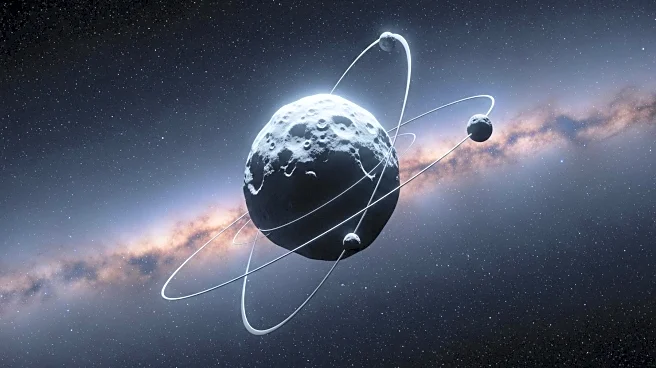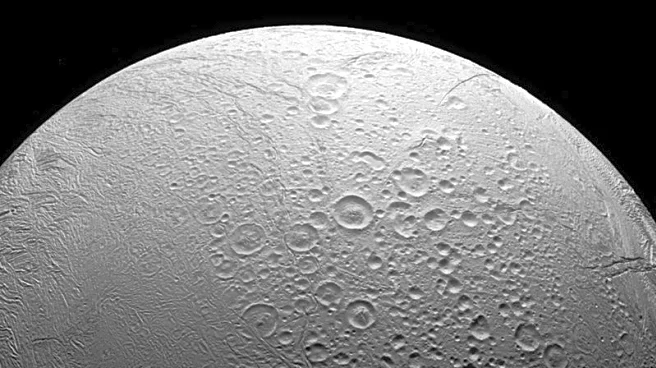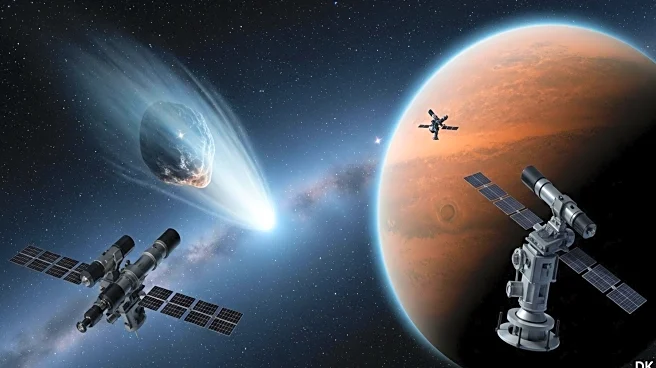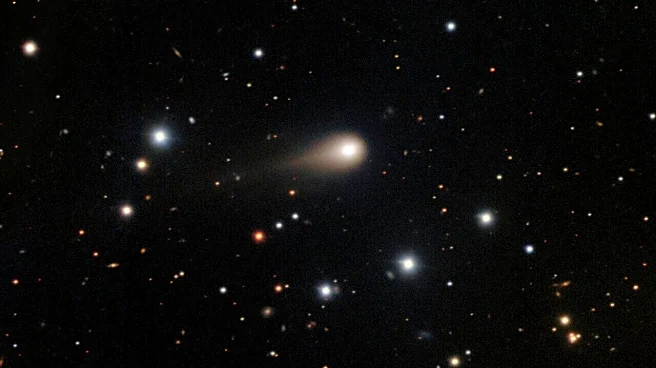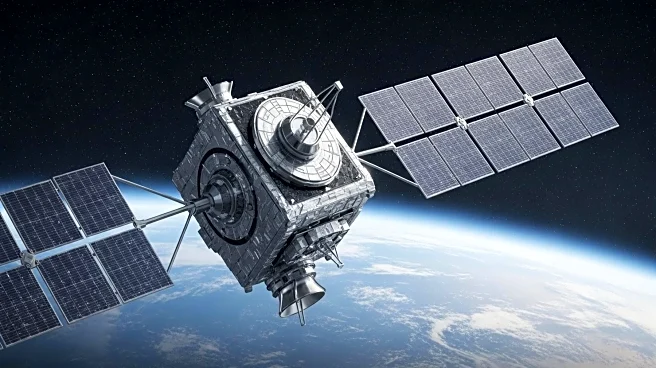What's Happening?
NASA has reported that Earth is reflecting less sunlight into space, particularly in the Northern Hemisphere. This decline has been measured over the past 20 years, with data indicating an increase in radiation absorption by 0.83 watts per square meter per decade. The Northern Hemisphere is absorbing an additional 0.34 watts per square meter, contributing to a net increase of 0.21 watts per square meter per decade. The research, led by Dr. Norman G. Loeb, utilized satellite data to analyze solar radiation, albedo, and radiation balance.
Why It's Important?
The reduction in Earth's sunlight reflection has significant implications for climate change and global warming. Increased radiation absorption can lead to higher temperatures and disrupt climate patterns, affecting ecosystems and human societies. The imbalance between the Northern and Southern Hemispheres may exacerbate environmental challenges, necessitating urgent attention from policymakers and scientists. Understanding these changes is crucial for developing strategies to mitigate their impact and adapt to evolving climate conditions.
What's Next?
Further research is needed to explore the long-term effects of decreased sunlight reflection on Earth's climate. Scientists may investigate potential solutions to restore balance and reduce radiation absorption. Policymakers could consider implementing measures to address climate change and promote sustainable practices. Public awareness and education on the importance of maintaining Earth's radiation balance may also play a role in driving collective action.





